Table of Contents
Introduction to Dry Barbecue Spice Rub
Dry barbecue spice rub is a precise blend of spices applied directly to meat before cooking to create a flavorful crust while locking in moisture. Unlike wet marinades, dry rubs work through surface adhesion and caramelization during low-and-slow cooking, making them ideal for ribs, brisket, chicken, and pork. This guide provides scientifically-backed ingredient ratios, application techniques, and expert tips to transform your grilling results.
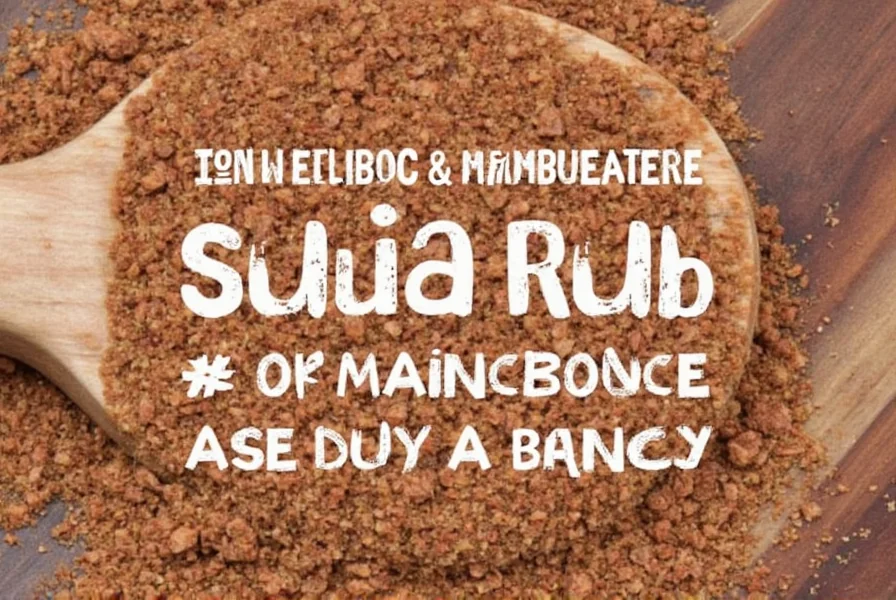
Key Ingredients and Their Roles
Understanding why each ingredient matters ensures balanced flavor and optimal crust formation. Here's what each component does:
- Paprika (2 tbsp) – Provides vibrant color and mild sweetness; smoked paprika adds depth for slow-cooked meats.
- Kosher salt (1 tbsp) – Enhances natural flavors, draws out moisture for crust formation, and acts as a preservative. Never substitute table salt – its finer texture causes uneven distribution.
- Cayenne pepper (1 tsp) – Delivers controlled heat; adjust based on preference. For extra smokiness, use chipotle powder instead.
- Garlic powder (1 tsp) – Adds umami depth without raw garlic's bitterness. Essential for savory profiles.
- Onion powder (1 tsp) – Complements garlic with sweet, caramelized notes when cooked.
- Black pepper (1/2 tsp) – Provides sharp, floral notes that balance sweetness. Always freshly ground for maximum flavor.
- Cumin (1/2 tsp) – Earthy, smoky backbone for Texas-style rubs. Reduce for Kansas City-style blends.
- Brown sugar (1 tbsp) – Creates caramelized crust; too much causes burning. Use light brown sugar for milder sweetness.
- Optional: Coffee powder (1 tsp) – Adds complexity for beef brisket; neutralizes metallic notes in smoke.
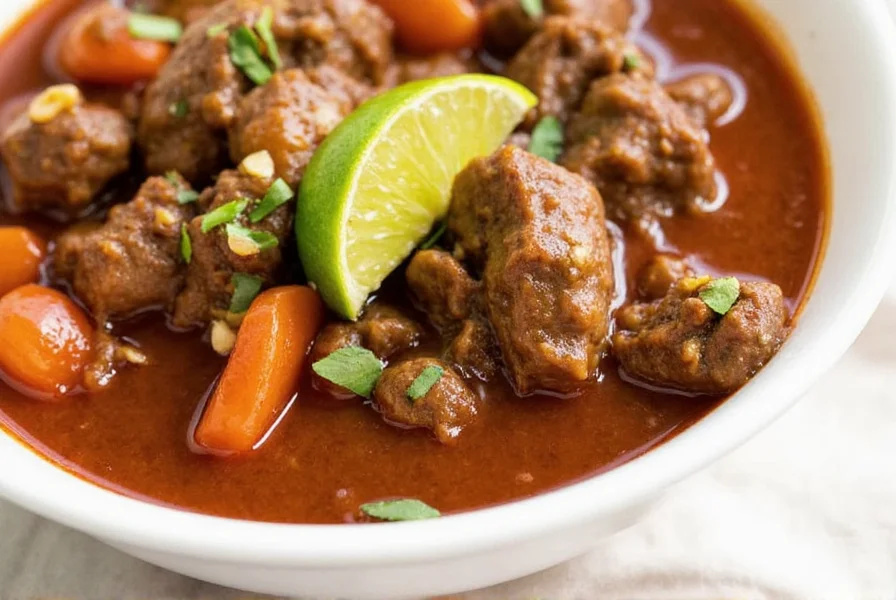
How to Make Your Own Dry Barbecue Spice Rub
| Ingredient | Amount | Role in Rub |
|---|---|---|
| Paprika | 2 tbsp | Color and mild sweetness base |
| Kosher salt | 1 tbsp | Flavor enhancer and crust former |
| Cayenne pepper | 1 tsp | Controlled heat source |
| Garlic powder | 1 tsp | Umami depth |
| Onion powder | 1 tsp | Sweetness and savory balance |
| Black pepper | 1/2 tsp | Floral sharpness |
| Cumin | 1/2 tsp | Smoky earthiness |
| Brown sugar | 1 tbsp | Caramelization agent |
Step-by-Step Process:
- Measure all ingredients precisely using measuring spoons (never eyeball).
- Combine in a bowl and whisk for 1-2 minutes until uniform color and texture.
- Test by sprinkling on a small piece of bread; adjust salt or heat if needed.
- Store in an airtight glass jar away from light and moisture. Shelf life: 6 months.
Pro Tip: For ribs, increase brown sugar to 1.5 tbsp. For chicken, reduce sugar to 1/2 tbsp to prevent burning. Always use Kosher salt – table salt is 2x saltier by volume.
Practical Tips for Different Meats
- Ribs: Apply rub 2 hours before smoking. Use a 2:1 paprika-to-salt ratio. Finish with apple cider vinegar spray during cooking for sticky bark.
- Chicken: Rub under skin for maximum flavor penetration. Use 1/2 tbsp brown sugar per pound to avoid caramelization burn. Pair with lemon zest for brightness.
- Brisket: Mix coffee powder into rub for deep complexity. Apply 12+ hours ahead. Use a binder like yellow mustard to help rub adhere during 12-hour smoke.
- Pork Shoulder: Double the cumin for Texas-style. Add 1 tsp mustard powder for tangy depth. Rest 4 hours before cooking.
- Vegetables: Toss roasted carrots or potatoes with oil first, then apply rub. Add smoked paprika for "meaty" flavor without meat.
Frequently Asked Questions About Dry Barbecue Spice Rub
How much dry rub should I use per pound of meat?
1 tablespoon per pound is the standard ratio for most meats. For delicate proteins like fish or chicken breast, reduce to 1 teaspoon per pound. Always apply evenly with clean hands – too much causes saltiness, too little yields bland results.
Should I apply oil before the dry rub?
Yes, for meats with low fat content (chicken, fish, vegetables). Use 1 teaspoon of neutral oil per pound to help rub adhere. For fatty cuts like brisket or ribs, skip oil – the natural fat creates sufficient adhesion during cooking.
Can I use dry rub on vegetables?
Absolutely! Toss vegetables in 1 teaspoon oil per cup, then apply 1/2 teaspoon rub per cup. Root vegetables like sweet potatoes absorb flavors best. Avoid sugar-heavy rubs for quick-cooking veggies to prevent burning.
How long should I let dry rub sit on meat?
Minimum 30 minutes for chicken or pork chops. For large cuts like brisket or pork shoulder, refrigerate 12-24 hours. Never exceed 24 hours – salt will start to cure the meat like jerky. Always refrigerate if resting longer than 2 hours.
What's the difference between dry rub and barbecue seasoning?
Dry rubs are formulated for surface application and crust formation during cooking. They typically contain sugar for caramelization and are designed to withstand long smoke times. Barbecue seasonings are often intended for finishing touches or general cooking, may lack sugar, and can burn if applied too early.
Buying Guide for the Best Dry Barbecue Spice Rub
| Brand | Best For | Key Ingredients | Price Range | Why It Works |
|---|---|---|---|---|
| BBQ Boss Original | Beginners, all-purpose | Paprika, salt, sugar, garlic, cayenne | $5-$8 | Perfect balance of sweet/savory; no fillers or artificial additives |
| Traeger Smokehouse | Pellet grill users | Smoked paprika, brown sugar, black pepper | $7-$10 | Designed to complement pellet grill smoke profiles; no artificial smoke flavor |
| KC Masterpiece | Ribs and pulled pork | Tomato powder, molasses, spices | $6-$9 | Classic Kansas City-style sweetness with tangy depth |
| Lawry's Seasoned Salt | Quick weeknight meals | Salt, garlic, onion, pepper | $3-$5 | Simple, reliable for non-smoked applications; lacks sugar for true barbecue |
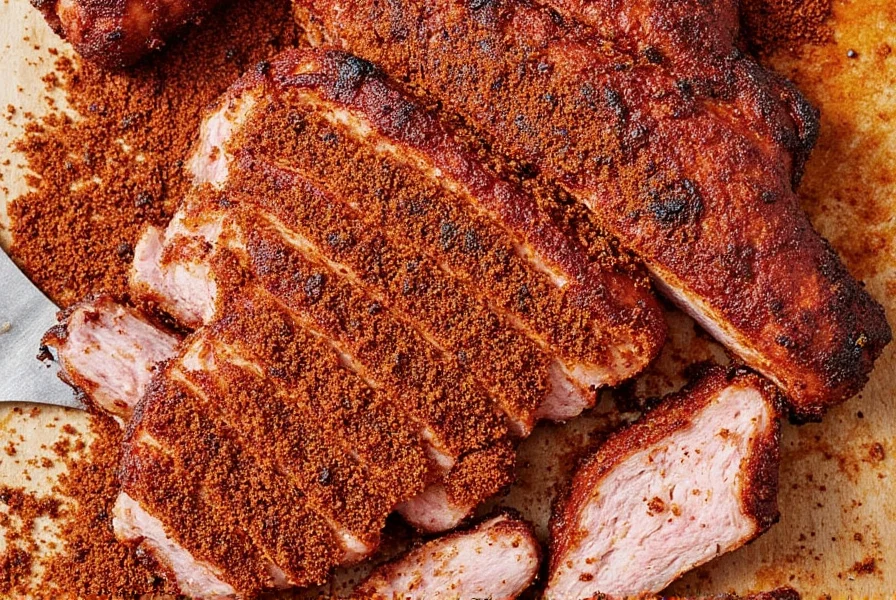
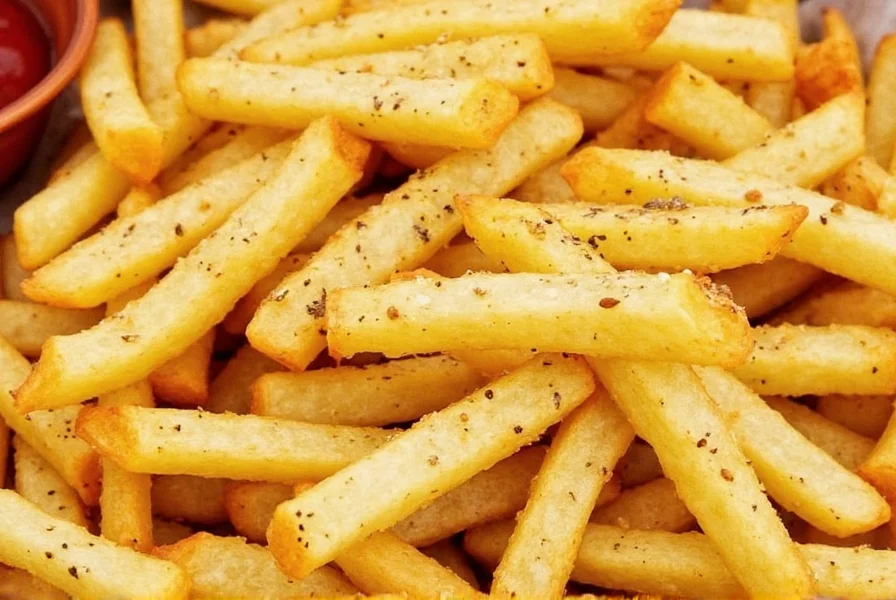
Conclusion
A well-formulated dry rub is the foundation of exceptional barbecue. By understanding ingredient roles, applying precise ratios, and tailoring to specific meats, you'll achieve restaurant-quality crust and flavor every time. Remember: balance is key. Too much sugar burns, too much salt overwhelms, and improper resting times prevent flavor penetration. Experiment with small batches, track your results, and soon you'll develop your signature blend. Now grab your spices and start grilling – your best barbecue is just one rub away.
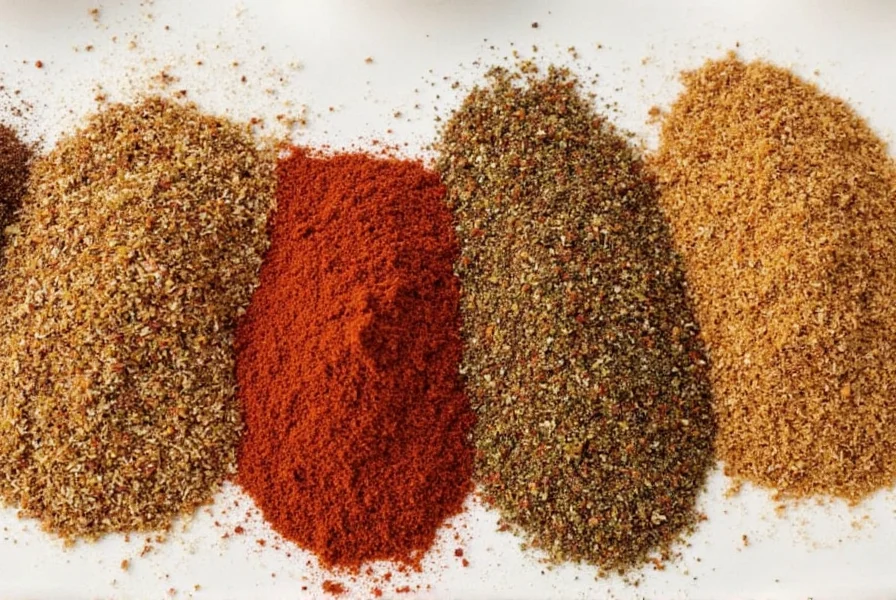

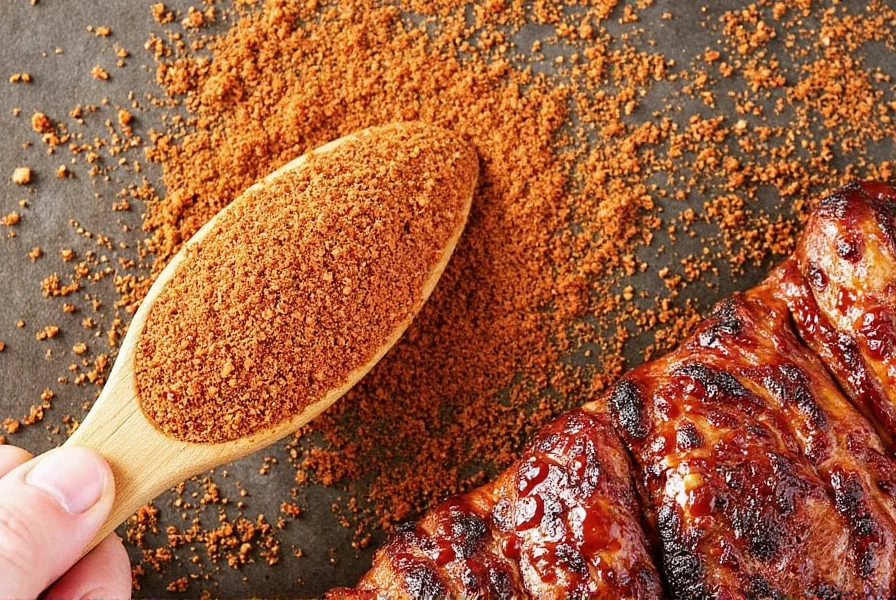









 浙公网安备
33010002000092号
浙公网安备
33010002000092号 浙B2-20120091-4
浙B2-20120091-4